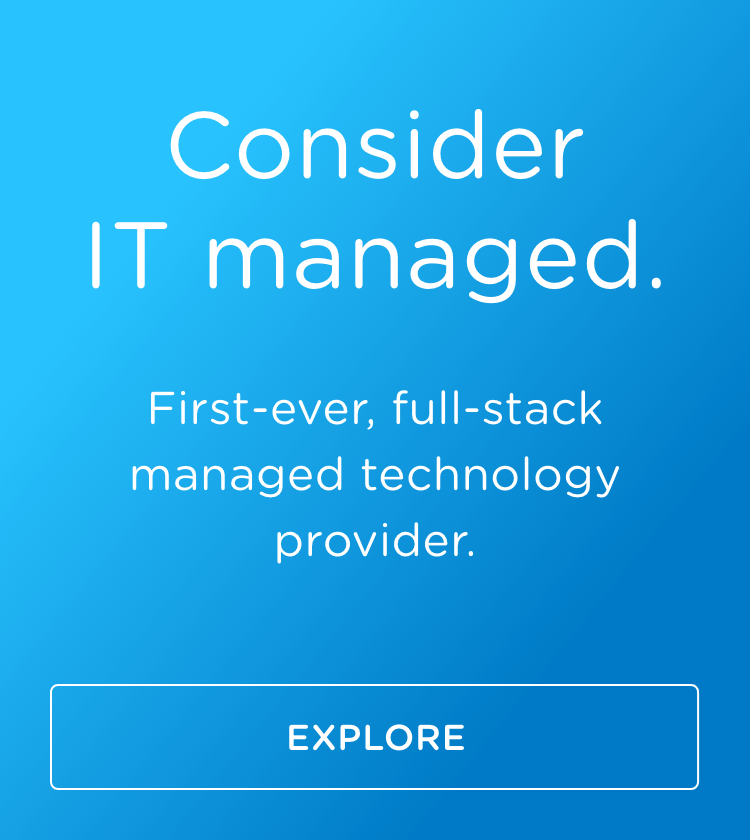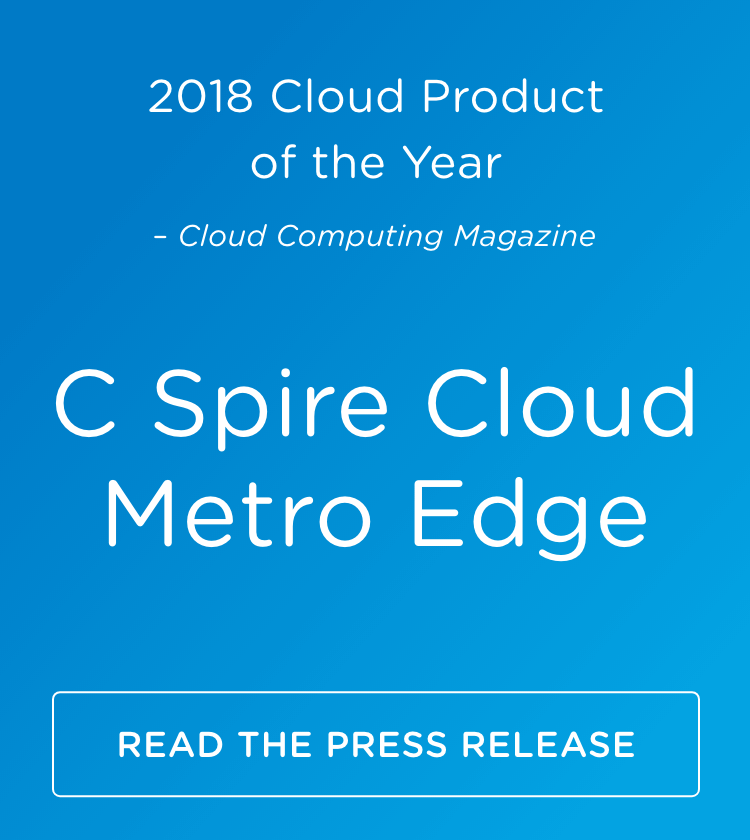
Security Operations Centers (SOCs) sit at the heart of enterprise security. Yet in many organizations, they’ve evolved into high-pressure environments bogged down by disconnected tools, escalating alert volume and workforce limitations. According to ESG research, over half of enterprises use more than 26 tools in their security operations. That amounts to an operational burden, not a strategic advantage.
As IT and security leaders, you’re expected to drive efficiency and resilience from this complexity, not merely contain it. This is where Extended Detection and Response (XDR) enters the conversation — not as a silver bullet, but as a necessary architectural shift for security teams seeking scale, speed and clarity.
The true cost of fragmentation
The explosion of cloud services, hybrid work and third-party integrations has created a perimeter-less enterprise. The attack surface has expanded along with the stakes. And while many organizations react by adding tools, this often results in silos, poor integration and data blind spots.
Fragmented telemetry and disparate threat intelligence can erode your team’s ability to detect and respond quickly. Worse, the lack of interoperability between point solutions undermines your existing security investments and complicates compliance readiness. AJ Shipley, Cisco VP of Threat Detection & Response, explains why fixing fragmentation is crucial to cybersecurity.
“For years, cyber adversaries have exploited any advantage possible to further their motives, including the inability, due to lack of data sharing, to effectively correlate multiple low fidelity signals across multiple vendors into a highly accurate detection,” he says.
“To be truly effective, cybersecurity vendors must be open to sharing data and context so that advanced analytics across as many vectors as possible can rapidly detect and respond to the world’s most sophisticated threat actor groups.”
Alert fatigue and the productivity gap
According to ESG, 37 percent of cybersecurity professionals say their SOC operations have grown harder to manage in recent years due to rising alert volumes and complexity. Without unified correlation, analysts are left to triage thousands of alerts without the business context needed to prioritize effectively.
This alert overload, combined with the global shortage of skilled personnel — 81 percent of leaders report impact from the talent gap — creates a compounding risk. Less experienced analysts struggle to identify meaningful threats, and senior staff spend valuable time filtering noise.
A key requirement for leadership is not just staffing but scaling capability across varying experience levels. That requires automation, shared context and centralized visibility.
XDR: From concept to strategic enabler
Extended Detection and Response (XDR) is not just another acronym — it’s a platform-level approach designed to unify disparate signals, normalize telemetry and drive coordinated detection and response across vectors.
Unlike legacy SIEMs and SOAR platforms, XDR emphasizes cross-vendor, real-time correlation and automated remediation at scale. When executed well, it enables teams to:
- Detect and prioritize threats based on business risk
- Reduce dwell time and false positives
- Extend value from existing toolsets
- Normalize and act on telemetry regardless of source or vendor
According to ESG, 51 percent of organizations say their current tools struggle to detect and investigate advanced threats. XDR can bridge this detection gap if it’s built around openness and interoperability.
Risk-centric operations with XDR
An effective XDR solution must do more than aggregate data. It must translate it into actionable insights. That means:
- Quantifying threats by impact on critical assets
- Mapping incidents to the full attack lifecycle
- Prioritizing response based on material risk
Whether the source is email, endpoint, network or cloud, XDR provides a consolidated view so your team can act decisively without toggling between tools or reassembling context manually.
Cisco’s approach to XDR
Cisco XDR is designed for operational simplicity and resilience at scale. Built as part of the Cisco Security Cloud platform, it delivers:
- Prioritized, risk-based alerting that aligns with your critical business processes
- Cross-vector detection through integration with major third-party tools
- Guided investigation workflows to accelerate triage and reduce manual overhead
- Orchestration and automation to free up analyst cycles and streamline response
- Key design principles include progressive disclosure (focus attention where it matters), open APIs for vendor flexibility, and a cloud-first architecture that meets the demands of hybrid environments.
- 45 percent of organizations with a mature XDR implementation report stronger security resilience. The goal is to optimize your existing stack, not replace it.
Five tenets of XDR done right
- Actionable telemetry delivered where it’s needed most
- Unified visibility across endpoint, network, identity, cloud and email
- Fast, accurate response with minimal analyst interaction
- Streamlined UX with a single pane of glass for investigations
- Operational leverage for scaling analyst impact across all experience levels
Resilience is now a boardroom imperative. But without unifying security operations, the complexity of modern IT architectures puts resilience out of reach.
XDR offers a strategic path forward — accelerating detection, prioritizing risk and amplifying the effectiveness of constrained teams.

















